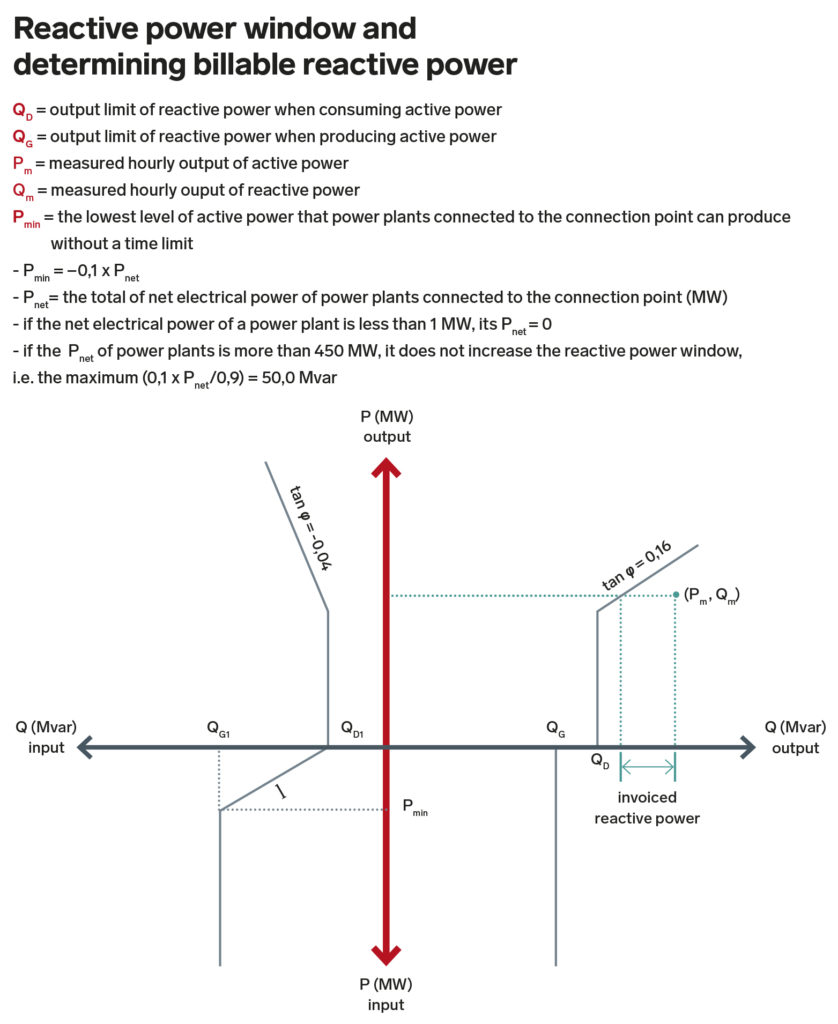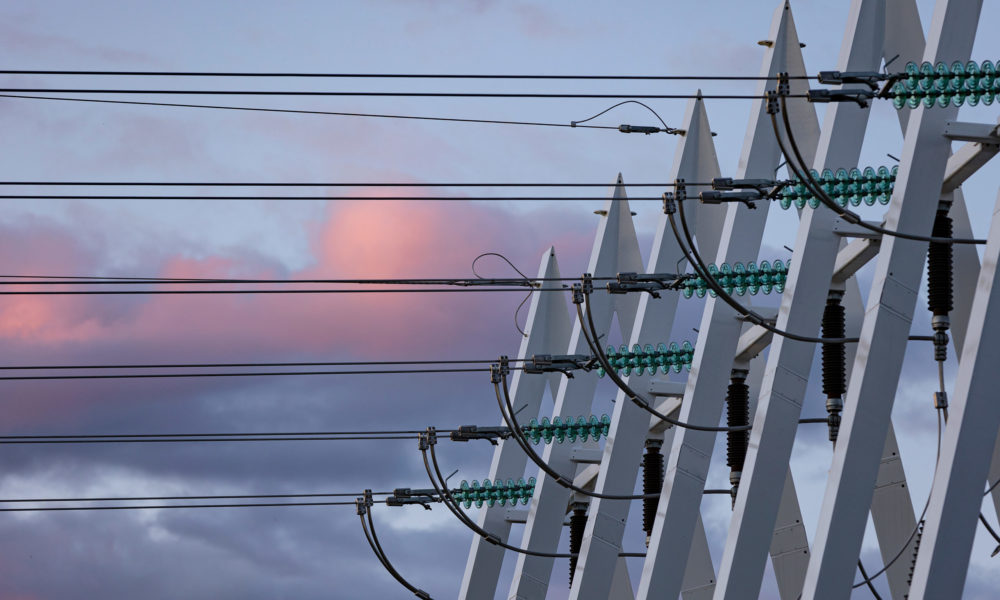Reactive power is needed in the electricity grid in order to maintain the proper voltage level and to transmit electricity from one place to another. However, it’s not a good idea to transmit reactive power over long distances because this increases grid loss and reduces the transmission capacity of active power. The best solution is often to produce the required reactive power close to where it is needed.
When a light bulb is on, the active power in the electricity grid is doing physical work. Although reactive power is the lazy brother of active power and doesn’t actually perform any work, we still need it to turn on the light bulb and transmit active power to the bulb. Reactive power is always present in the alternating current grid, which makes it part of every citizen’s daily life. In electrical language, reactive power and active power combine to form apparent power, which is the electricity power transmitted in the grid in its entirety. Mathematically speaking, the share of apparent power and reactive power are expressed with complex numbers in which the reactive power component describes the phase difference between current and voltage.
 “In a way, reactive power is a necessary evil – like the foam in a mug of beer, which we tolerate because it’s something that always comes with real beer,” says Fingrid’s Power System Expert Antti-Juhani Nikkilä in comparison.
“In a way, reactive power is a necessary evil – like the foam in a mug of beer, which we tolerate because it’s something that always comes with real beer,” says Fingrid’s Power System Expert Antti-Juhani Nikkilä in comparison.
There are electrotechnical solutions available that can compensate for, or optimise, reactive power. For example, capacitors that store electricity charge produce reactive power, which is then consumed by reactors. This is why adding compensating devices to a substation helps keep the amount of reactive power and electricity grid voltage at the right level.
Reactive power invoicing to begin in early 2017
The costs of maintaining the main grid have increased significantly due to the amount of reactive power and resulting increase in main grid voltage. For example, Fingrid has invested in reactors that have reduced the amount of reactive power.
 “The increase in reactive power has gradually raised main grid costs to the extent that in the future we will have to invoice for supplying reactive power if it exceeds limits specified on a customer-specific basis. In this case, the customer should consider investing in reactive power compensation,” says Reactive Power Planner Tuukka Huikari from Fingrid.
“The increase in reactive power has gradually raised main grid costs to the extent that in the future we will have to invoice for supplying reactive power if it exceeds limits specified on a customer-specific basis. In this case, the customer should consider investing in reactive power compensation,” says Reactive Power Planner Tuukka Huikari from Fingrid.
According to Huikari, reactive power invoicing will apply to about half of the connection points of Fingrid’s customers. Pricing consists of two components: a power fee and an energy fee. The power fee will take effect in phases starting at the beginning of next year, with the customer paying the full price of 1,000 euros/Mvar in 2019. The energy fee will be 5 euros/Mvarh.
Huikari’s job involves planning the pricing and invoicing principles for reactive power. He says that optimising reactive power is a very fundamental task in order to keep grid operation costs under control and to maintain system security for electricity distribution at a good level.
“Last summer, we already experienced situations in which we had to temporarily disconnect main grid transmission lines to prevent the formation of too much reactive power and ensure that the voltage level didn’t rise to a dangerous level. Such actions can be problematic, as they have a negative impact on the system security of the electricity grid,” states Huikari.
He believes that regulation of reactive power plays a key role in ensuring that consumer customers, public service providers and industry have an uninterrupted supply of electricity at all times.








